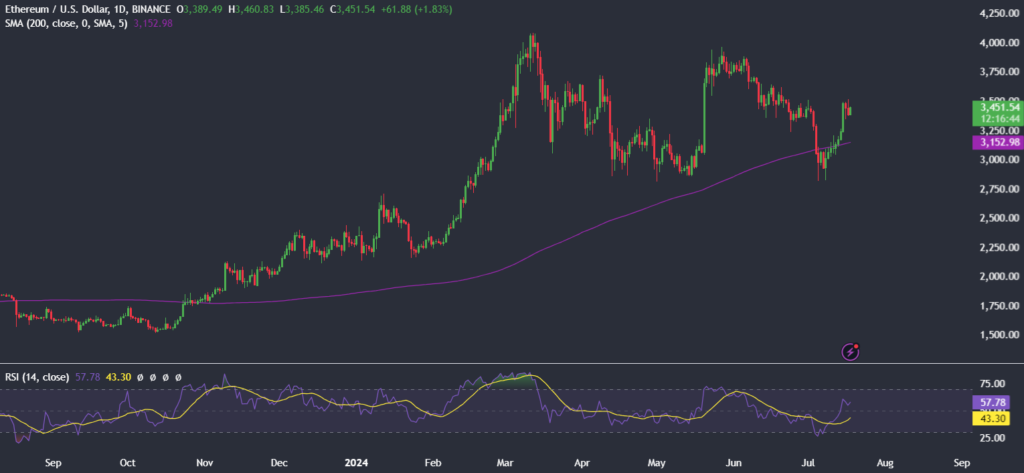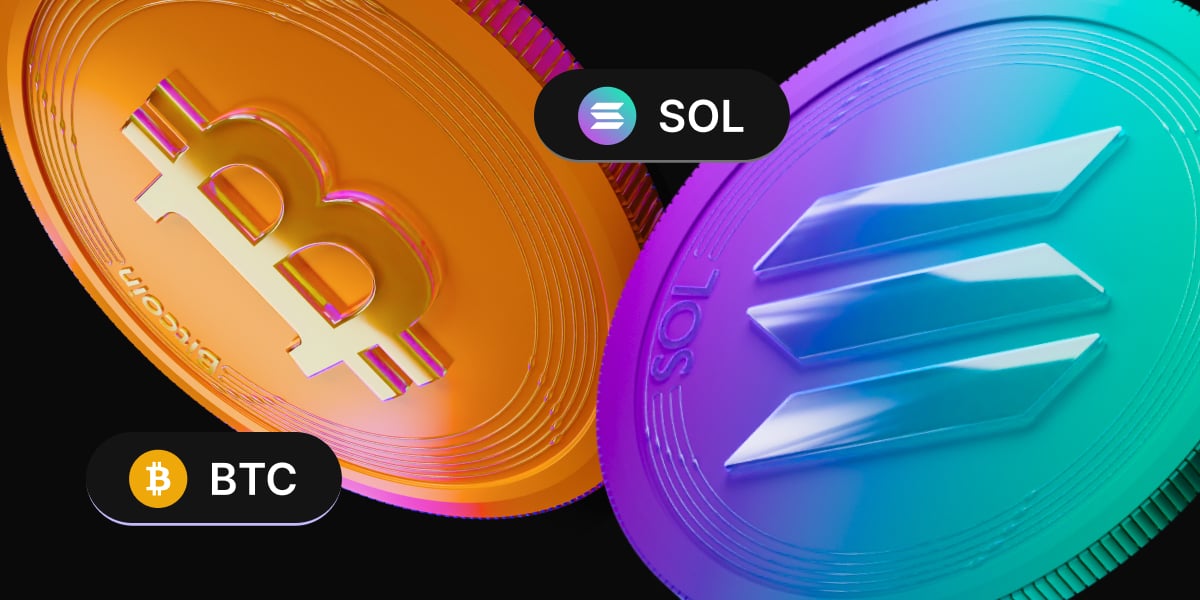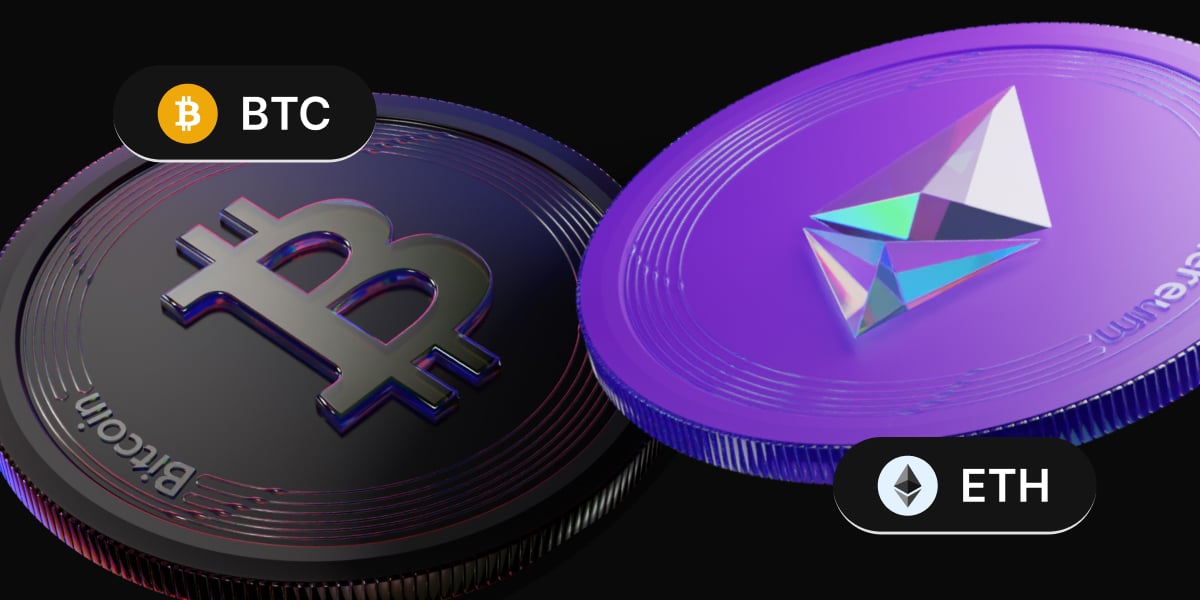- Who issues spit Ether ETFs?
- What are their fees?
- Where will spot Ether ETFs be listed?
- Who will trade spot-Ether ETFs?
- How could spot Ether ETFs impact the ETH price?
Ether has risen above $3400 and trades around a two-week high as the countdown to spot ether ETF approval begins. This product will allow investors to purchase the second-largest cryptocurrency in the form of stocks.

Applicants seeking to issue exchange-traded funds tied to ether have now submitted the final documents required to launch the fund, which could get final approval next week.
Who issues spot ether ETF?
Eight asset managers are proposing to offer Ether ETFs—BlackRock, Fidelity, Ark Invest / 21Shares, VanEck, Bitwise, Franklin Templeton, and Invesco/ Galaxy Digital and Grayscale are all set to launch Ether ETFs in the US, having submitted amended S1 filings yesterday. Rumours are circulating that these could be approved by Monday for trading to start on Tuesday, July 23rd.
What are spot-ETH ETF fees?
In the filings, these issuers have revealed the final details of the fund structure, which are near identical and include details on management fees. Of note is Grayscale’s divergence from its competitors, as the asset manager is set to charge significantly higher fees of 2.5% on its main product. BlackRock, Fidelity, Invesco /Galaxy Digital will charge 0.25%, Franklin Templeton will charge 0.19% and VanEck 0.2%.
Where will spot ETH ETFs be listed?
Spot ether ETFs will be listed on the Nasdaq, Chicago Board Options Exchange (CBOE), and New York Stock Exchange.
Who will trade spot Ether ETF?
Ether ETFs open the door to institutional investors, such as hedge funds, pensions, and banks, changing the Ether investment landscape. Retail investors will also use them, either through portfolio allocation or via wealth advisors.
How could spot Ether ETH affect the ETH price?
Attention is now turning to how the Ether ETFs could trade, raising the question of whether its popularity will match that of the spot Bitcoin ETF. According to James Seyffart, Bloomberg’s ETF analyst, demand for the funds could be around 20% of that of the spot Bitcoin ETFs. This is mainly due to the size of the market. The market capitalization of Ether is about 1/3 of that of Bitcoin. Plus, those with spot Ether ETFs will miss out on a key benefit of Ether, as they will not be able to stake, which generates yields.
As we saw when Bitcoin ETF launched, the first few weeks could see choppy trade as money may flow out of the $11 billion grayscale Ethereum trust.
However, similar to the Bitcoin price after the initial dip, there are reasons to believe that the impact on the price could be positive; some estimate that the price could reach fresh all-time highs and even move towards $5000 in the coming year as institutional demand picks up and demand for this tech investment increases.
With this in mind, it will be key to evaluate the performance of spot Ether ETFs around six months after the start of trading rather simply on the first day or the initial few weeks.
The content provided here is for informational purposes only. It is not intended as personal investment advice and does not constitute a solicitation or invitation to engage in any financial transactions, investments, or related activities. Past performance is not a reliable indicator of future results.
The financial products offered by the Company are complex and come with a high risk of losing money rapidly due to leverage. These products may not be suitable for all investors. Before engaging, you should consider whether you understand how these leveraged products work and whether you can afford the high risk of losing your money.
The Company does not accept clients from the Restricted Jurisdictions as indicated in our website/ T&C. Some services or products may not be available in your jurisdiction.
The applicable legal entity and its respective products and services depend on the client’s country of residence and the entity with which the client has established a contractual relationship during registration.




